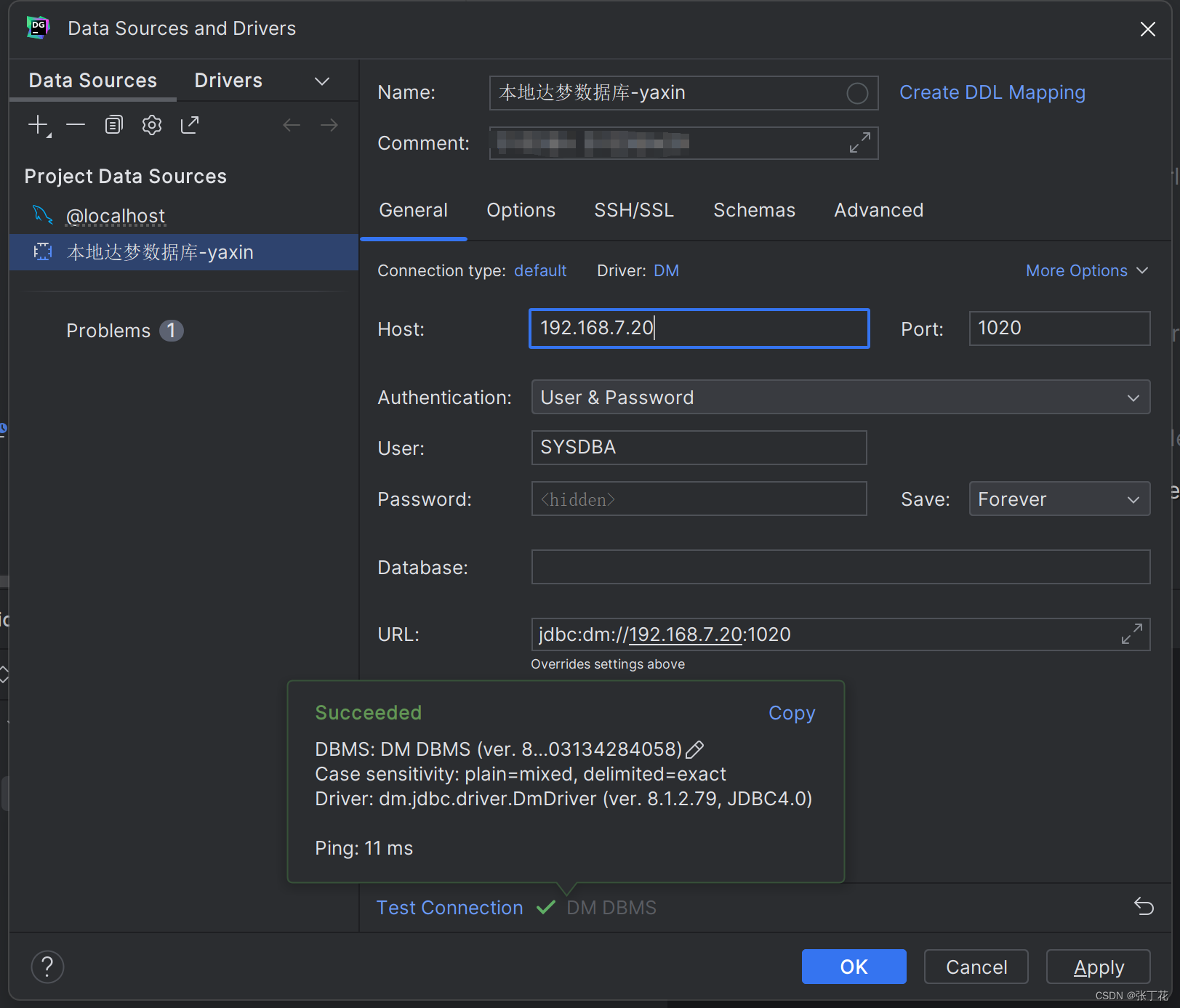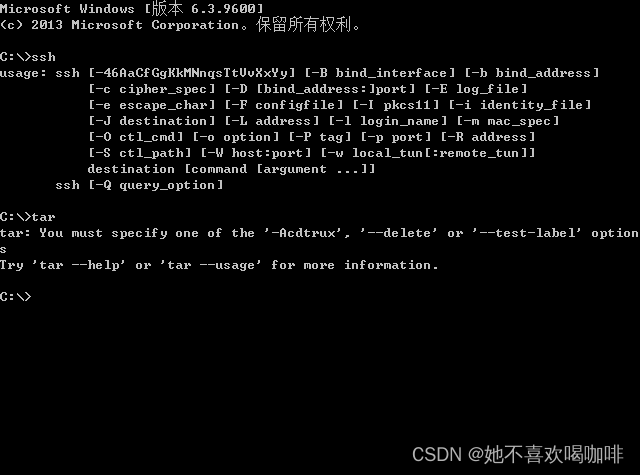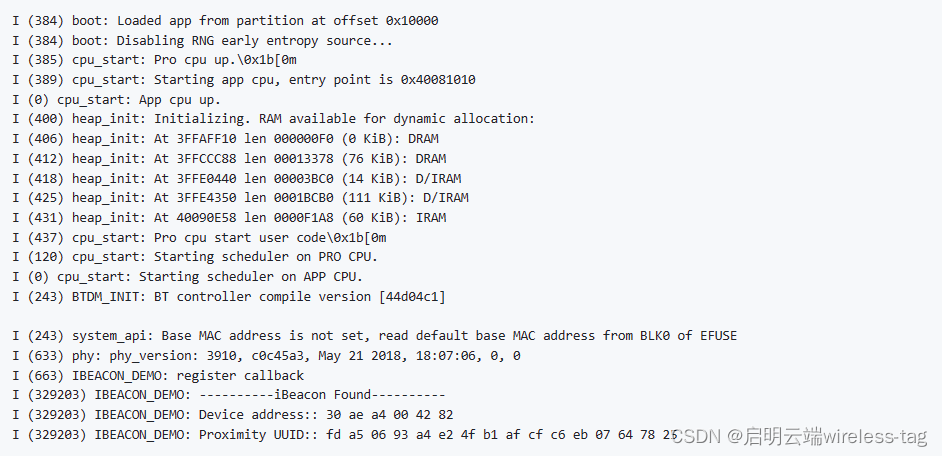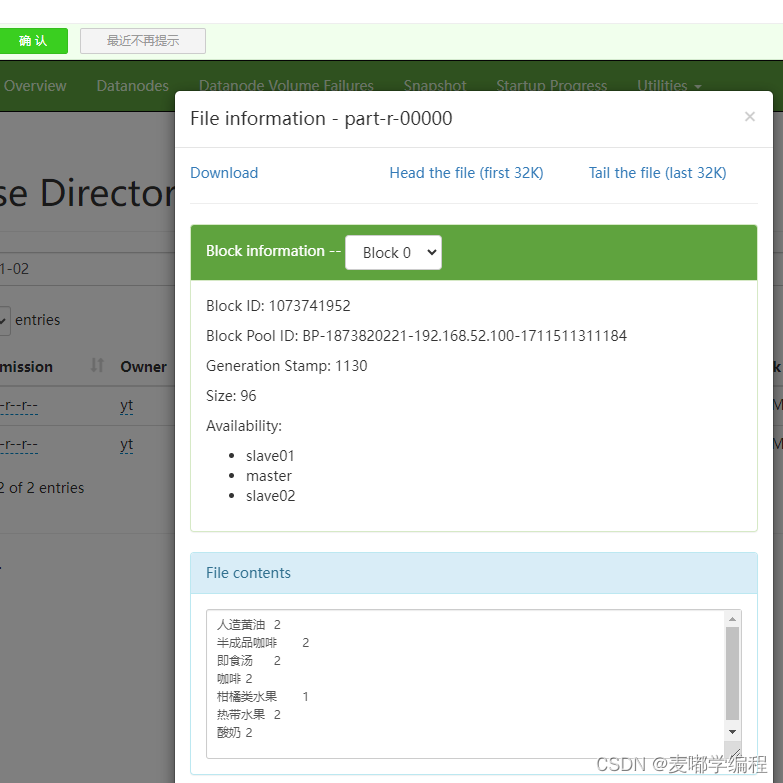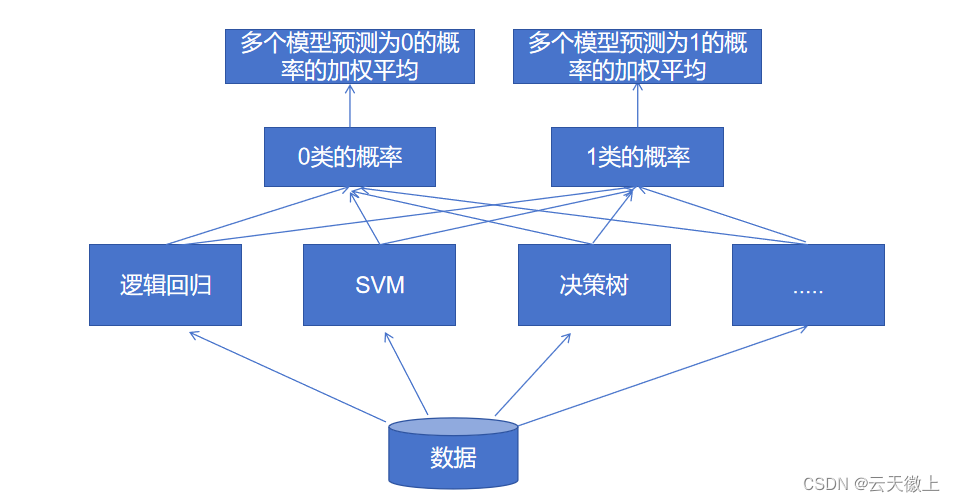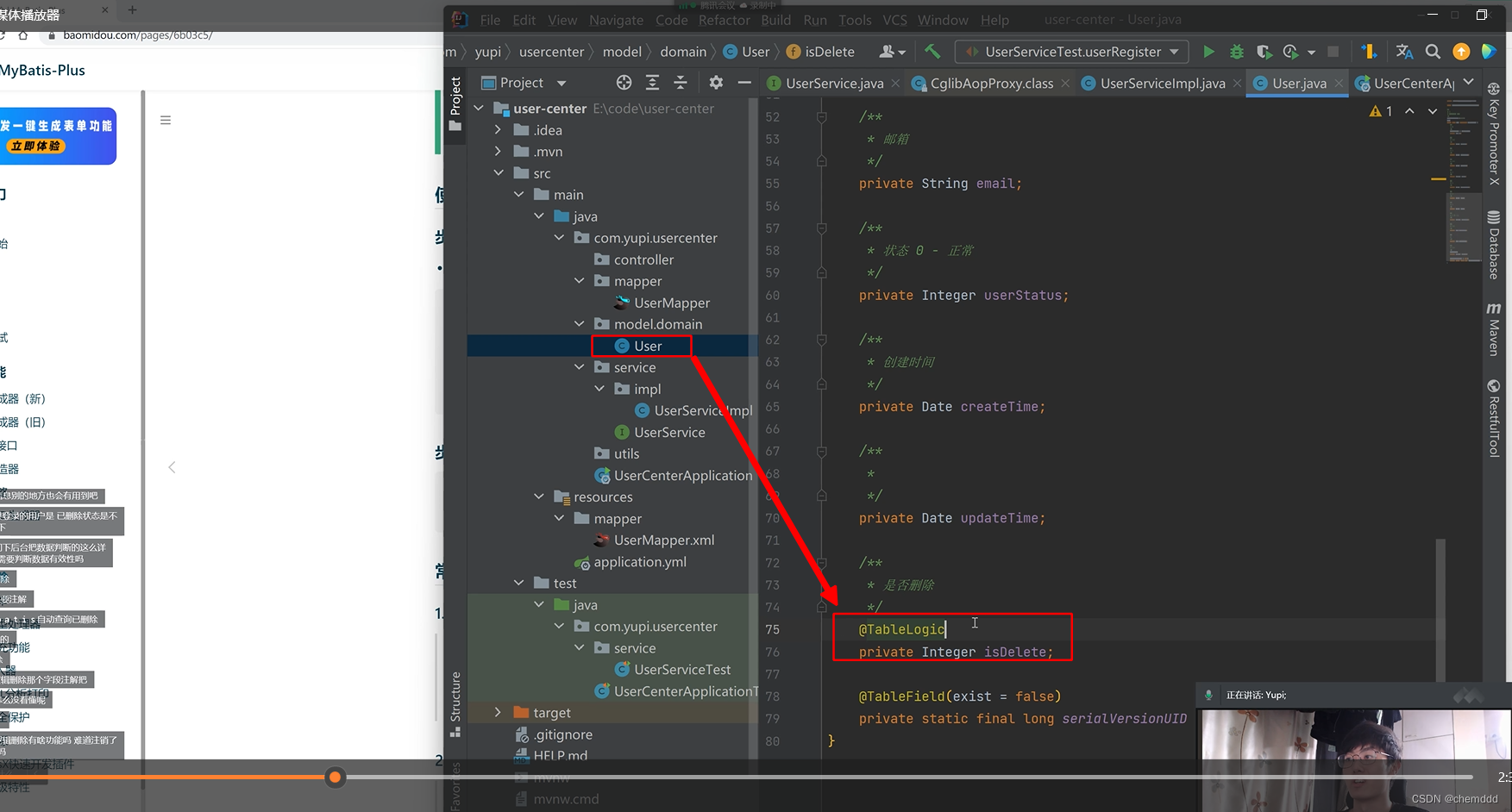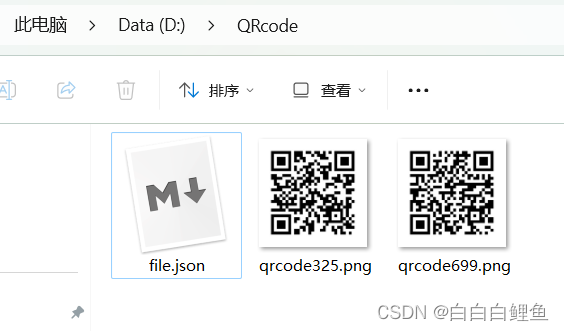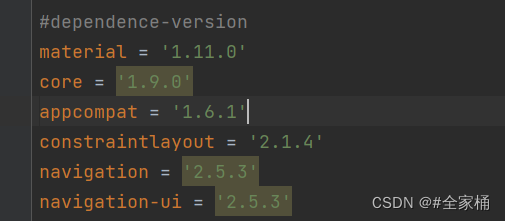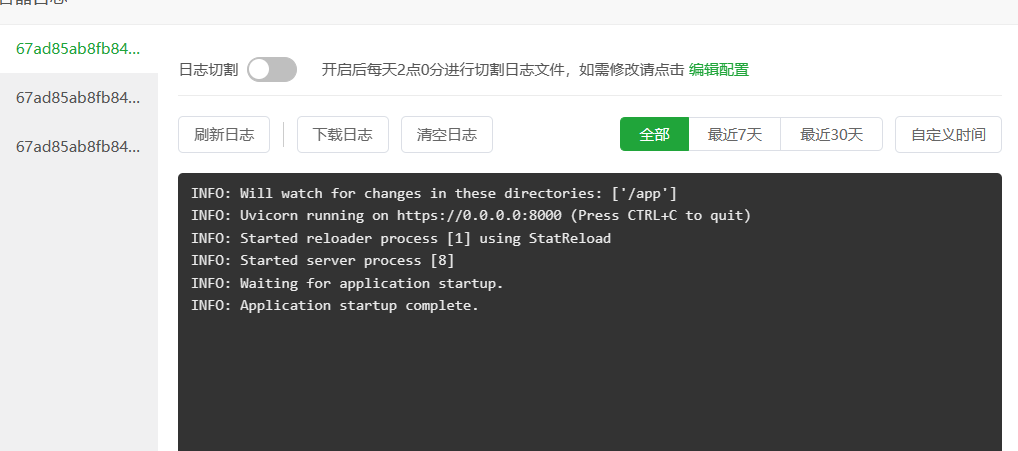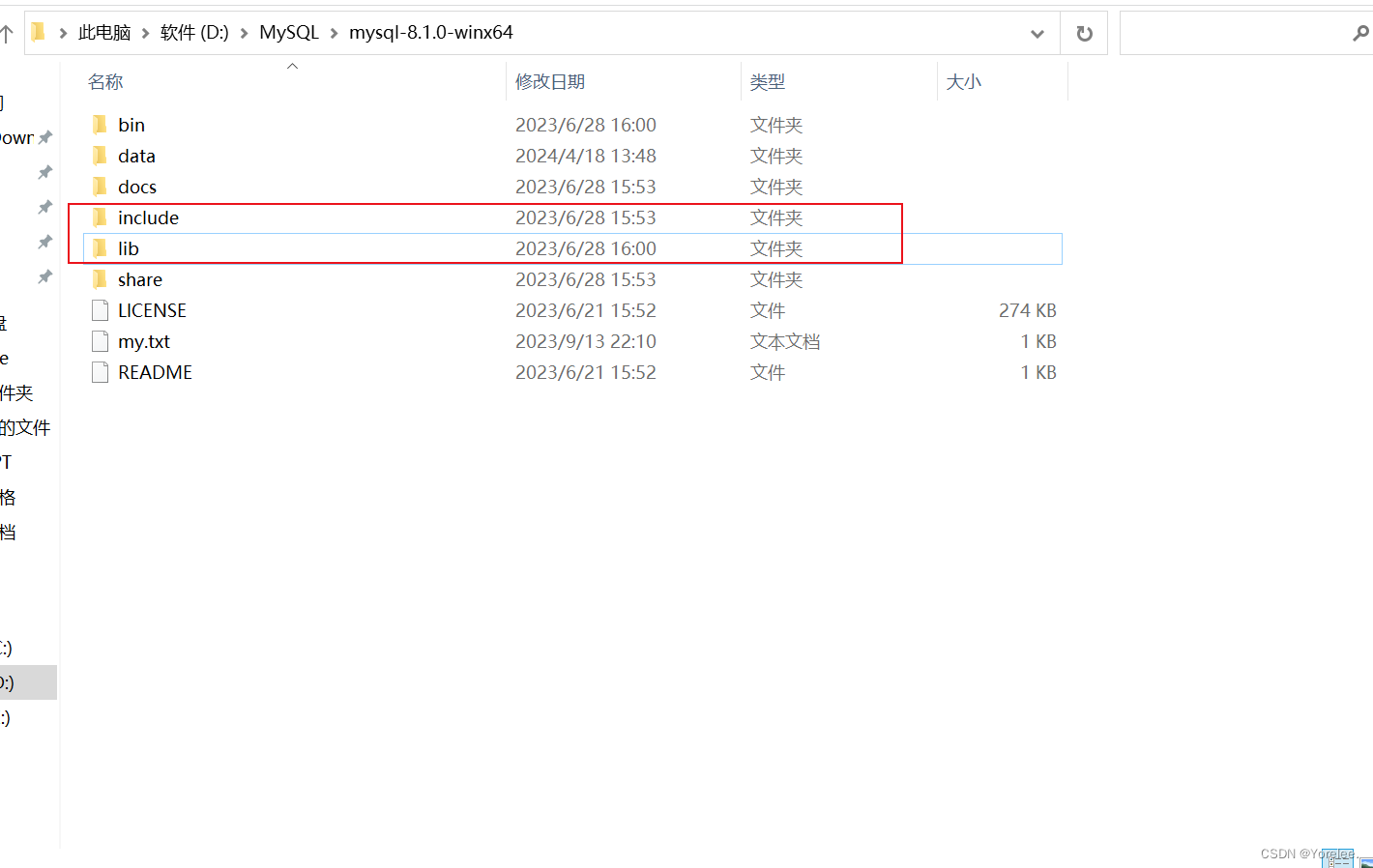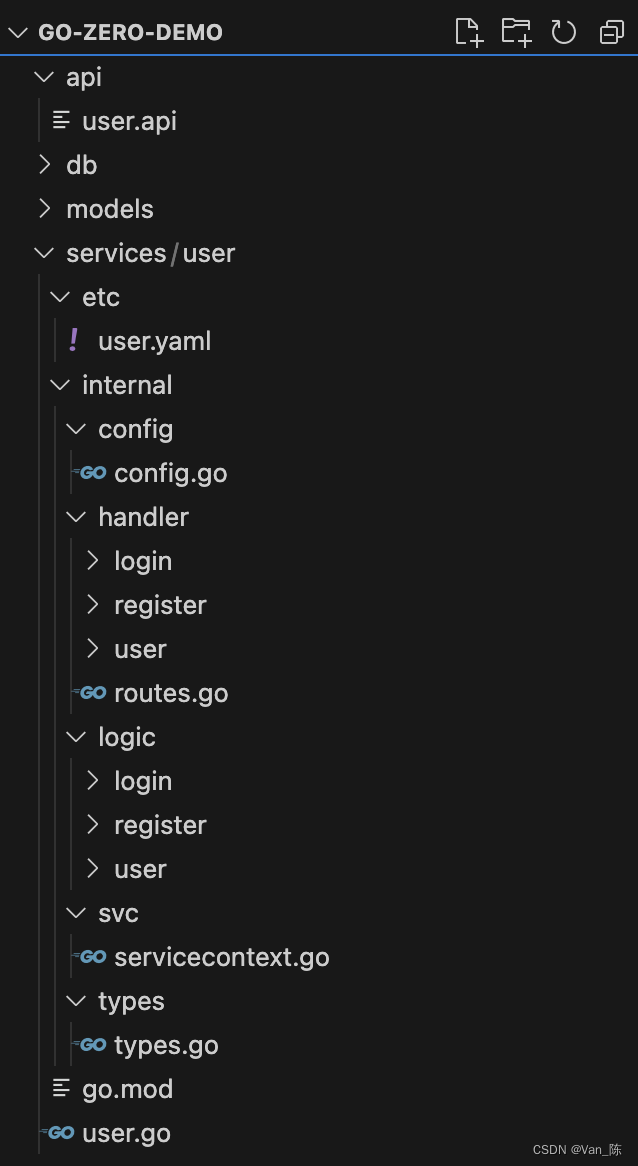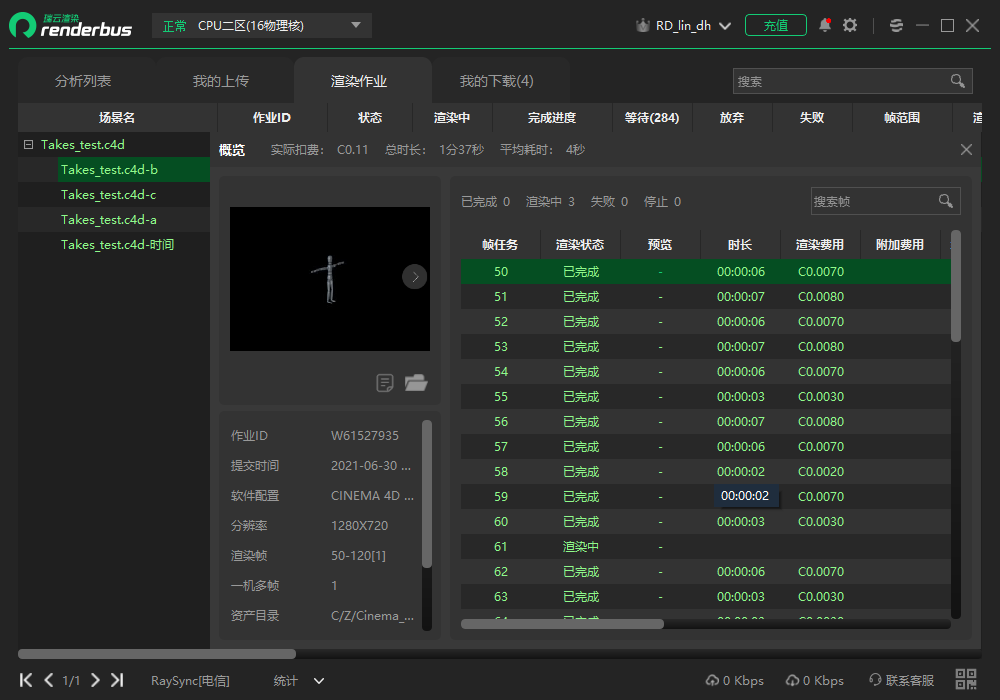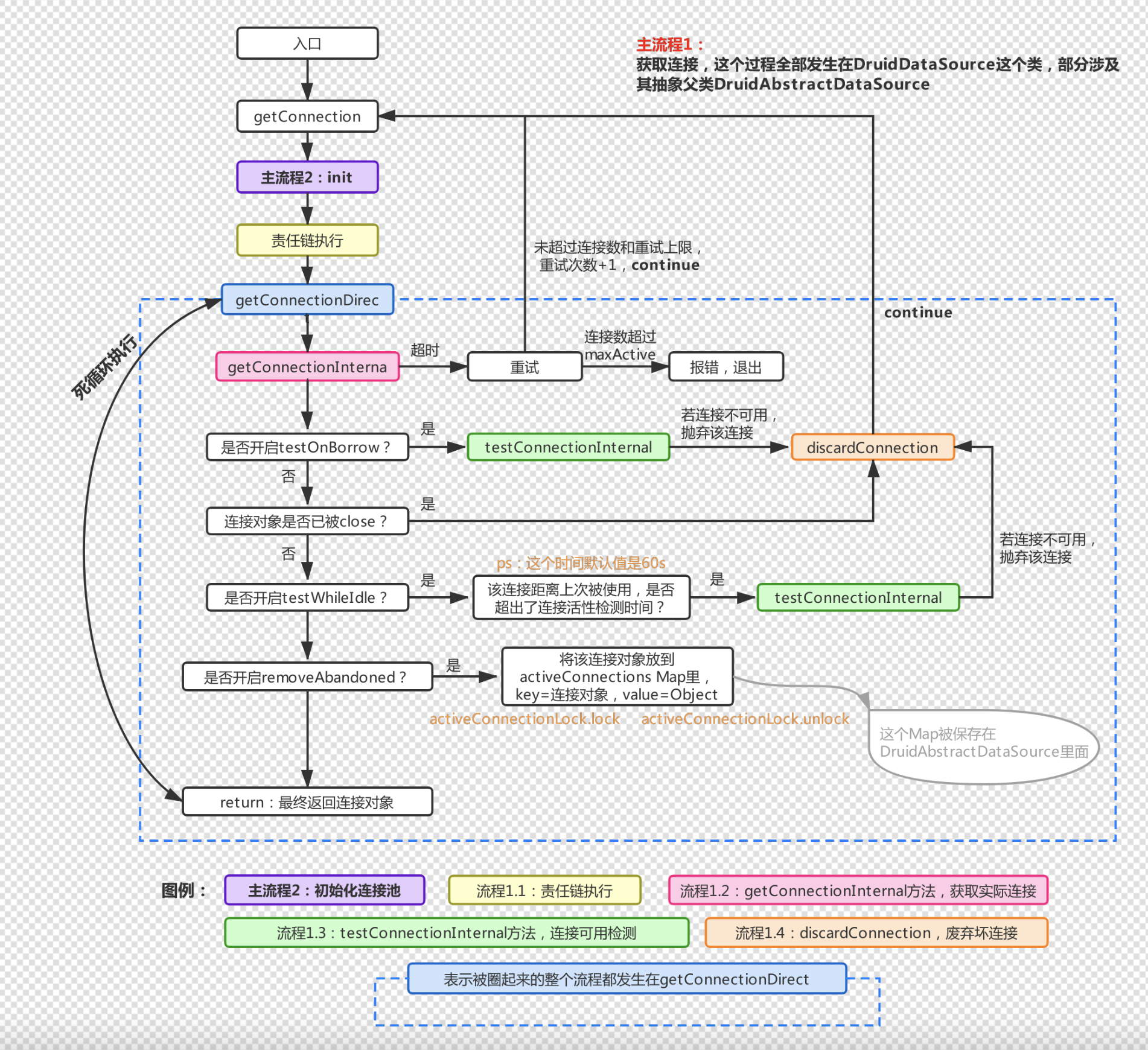SpringBoot集成Sharding-JDBC实现主从同步
- 1.mysql主从配置
- 2.application.properties文件配置
- 3.测试
- 3.1 查询数据
- 3.2 添加数据
1.mysql主从配置
详细内容请参考上一篇文章:MySQL8.0以上实现主从同步配置
2.application.properties文件配置
# ShardingSphere configuration
spring.shardingsphere.props.sql.show=true
spring.shardingsphere.datasource.names=m0,s0
# master DataSource configuration m0
spring.shardingsphere.datasource.m0.type=com.alibaba.druid.pool.DruidDataSource
spring.shardingsphere.datasource.m0.driver-class-name=com.mysql.cj.jdbc.Driver
spring.shardingsphere.datasource.m0.url=jdbc:mysql://localhost:3306/user_db?useUnicode=true&characterEncoding=utf8&useSSL=false
spring.shardingsphere.datasource.m0.username=root
spring.shardingsphere.datasource.m0.password=root
# slave DataSource configuration s0
spring.shardingsphere.datasource.s0.type=com.alibaba.druid.pool.DruidDataSource
spring.shardingsphere.datasource.s0.driver-class-name=com.mysql.cj.jdbc.Driver
spring.shardingsphere.datasource.s0.url=jdbc:mysql://localhost:3307/user_db?useUnicode=true&characterEncoding=utf8&useSSL=false
spring.shardingsphere.datasource.s0.username=root
spring.shardingsphere.datasource.s0.password=root
# set master and slave
spring.shardingsphere.sharding.master-slave-rules.ds0.master-data-source-name=m0
spring.shardingsphere.sharding.master-slave-rules.ds0.slave-data-source-names=s0
#
spring.shardingsphere.sharding.tables.t_order.database-strategy.inline.sharding-column=user_id
spring.shardingsphere.sharding.tables.t_order.database-strategy.inline.algorithm-expression=m$->{user_id % 2 +1}
spring.shardingsphere.sharding.tables.t_user.actual-data-nodes=ds0.t_user
spring.shardingsphere.sharding.tables.t_user.table-strategy.inline.sharding-column=user_id
spring.shardingsphere.sharding.tables.t_user.table-strategy.inline.algorithm-expression=t_user
# point common table t_dict
spring.shardingsphere.sharding.broadcast-tables=t_dict
本文中主库:m0,从库:s0
3.测试
3.1 查询数据
xml的sql语句实现条件查询:
<select id="selectOrdersByuserID" resultType="com.test.sharding.domain.pojo.User">
select *
from t_user
where user_id in
<foreach collection="userIds" item="index" open="(" separator="," close=")">
#{index}
</foreach>
</select>
可以看到查询结果:
Logic SQL: select *
from t_user
where user_id in
(
?
)
Actual SQL: s0 ::: select *
from t_user
where user_id in
(
?
) ::: [1]
可看看到上面的查询语句实际上是去从库s0查了
3.2 添加数据
dao层插入语句:
@Insert("insert into t_user(user_id,fullname,user_type) values (#{userId},#{fullname},#{userType})")
int insertUser(User user);

